Playing Games With Your Characters’ Emotional Spaces by Wyatt Bessing
There are multiple kinds of truth, in fiction as in life. As fiction writers, we move as close to the truth as possible without ever quite veering into truth entirely (otherwise we’d be writing nonfiction). One kind of truth emanates from a realism of scene and detail. By identifying with familiar settings and character traits, readers are pulled into a story and become personally attached to it.



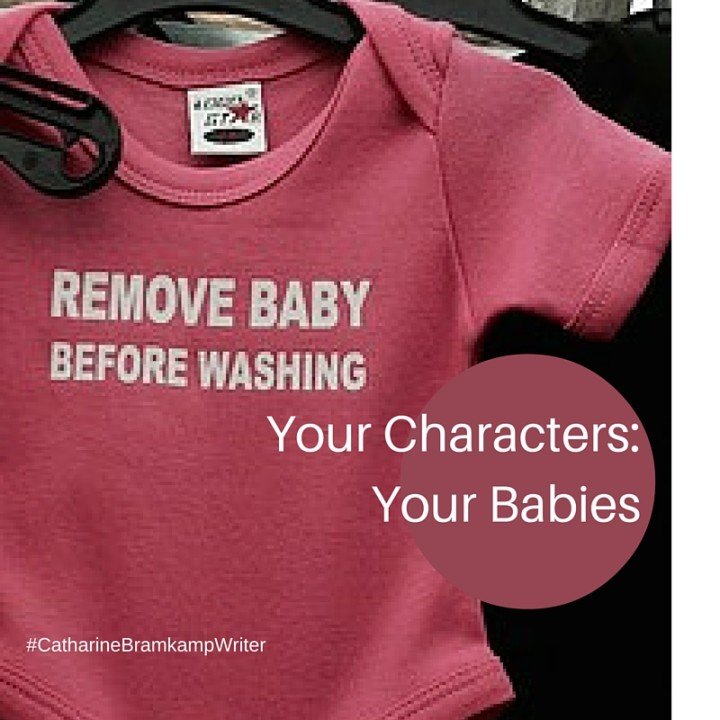
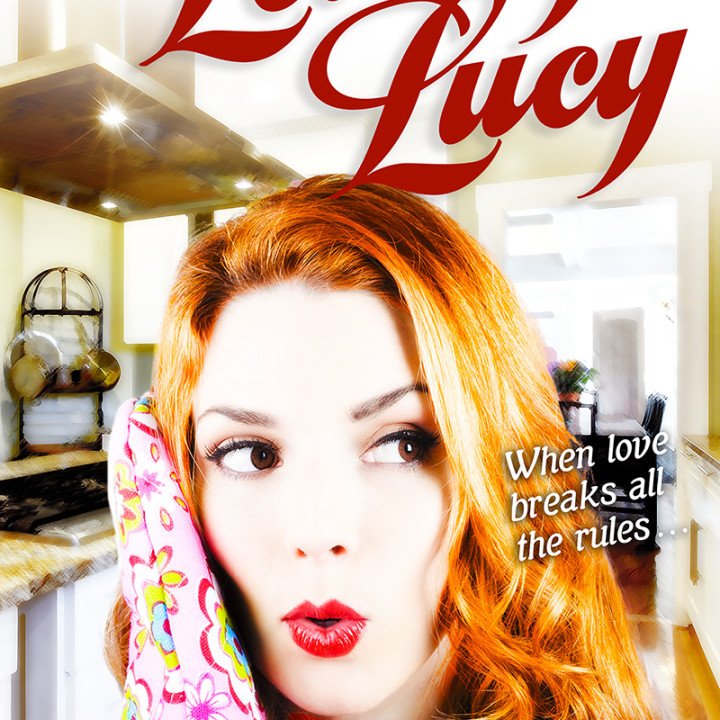


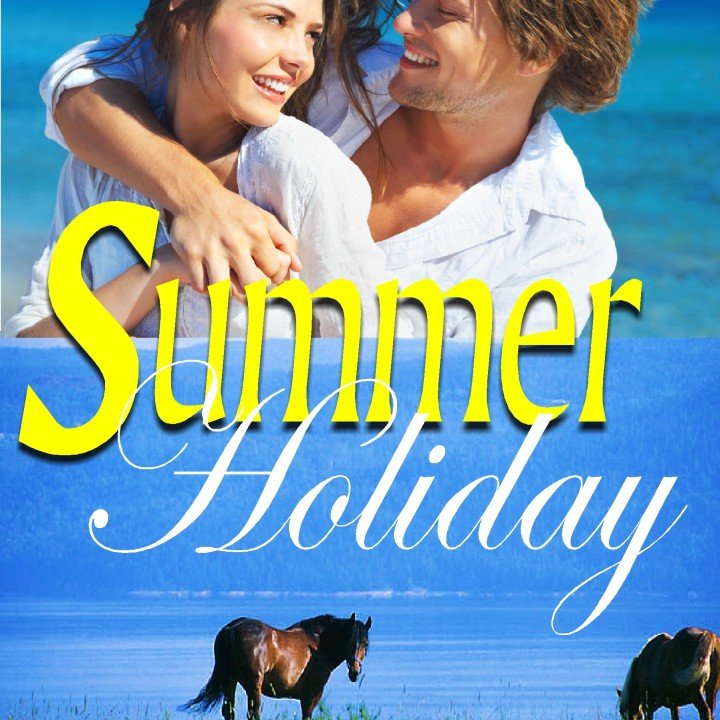


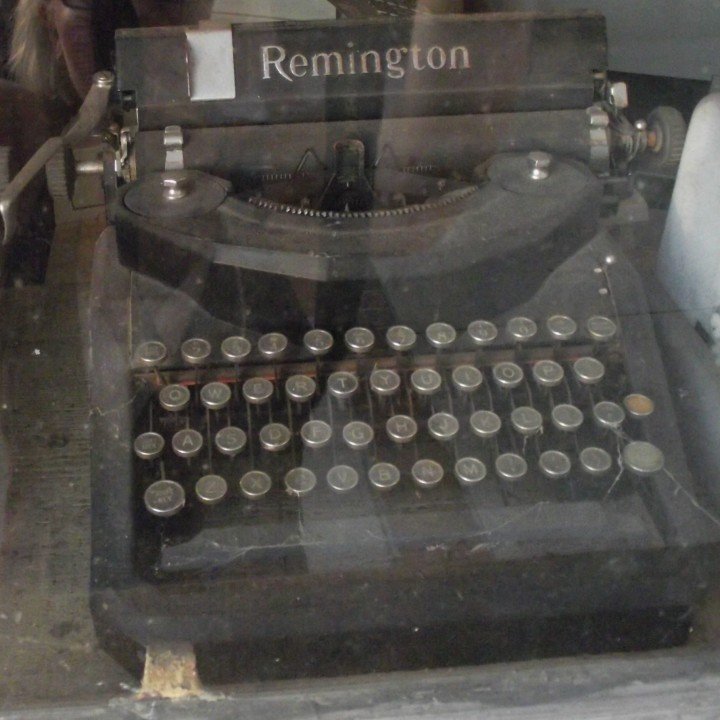
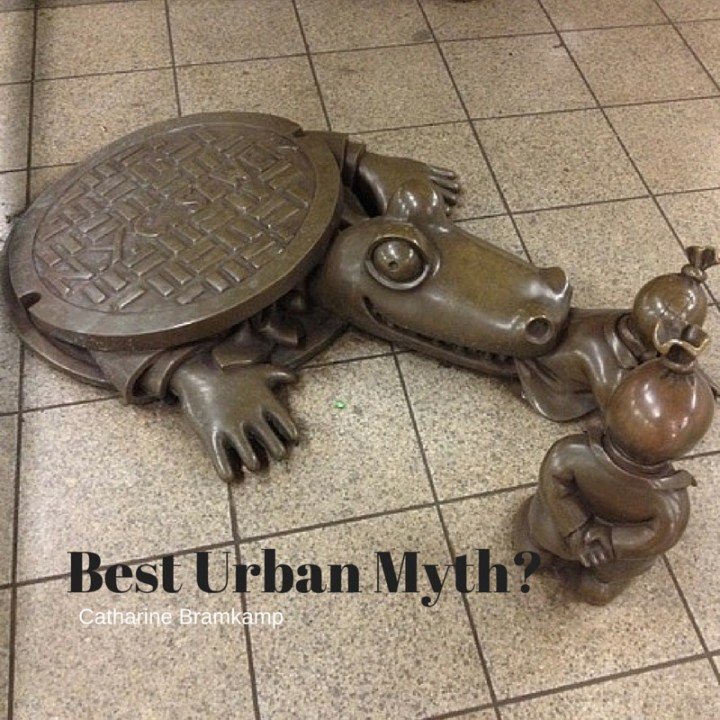
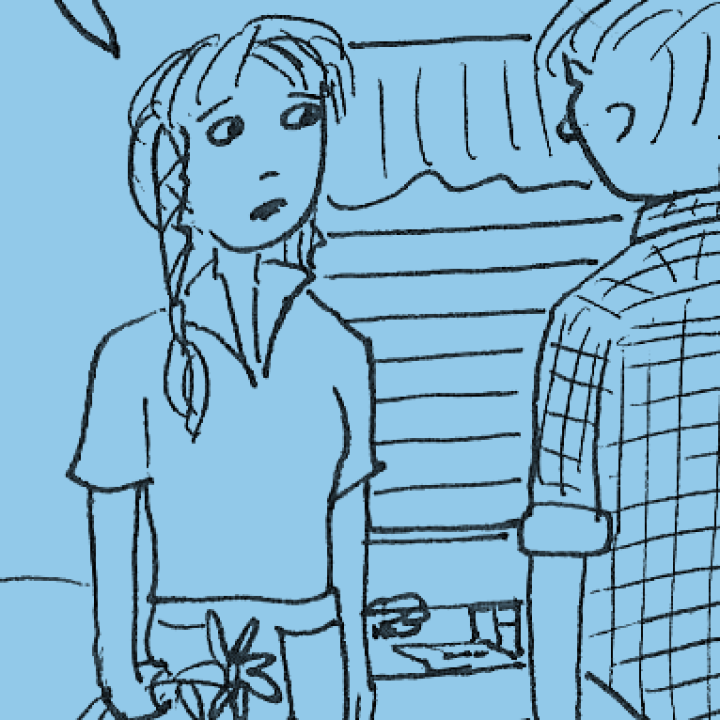
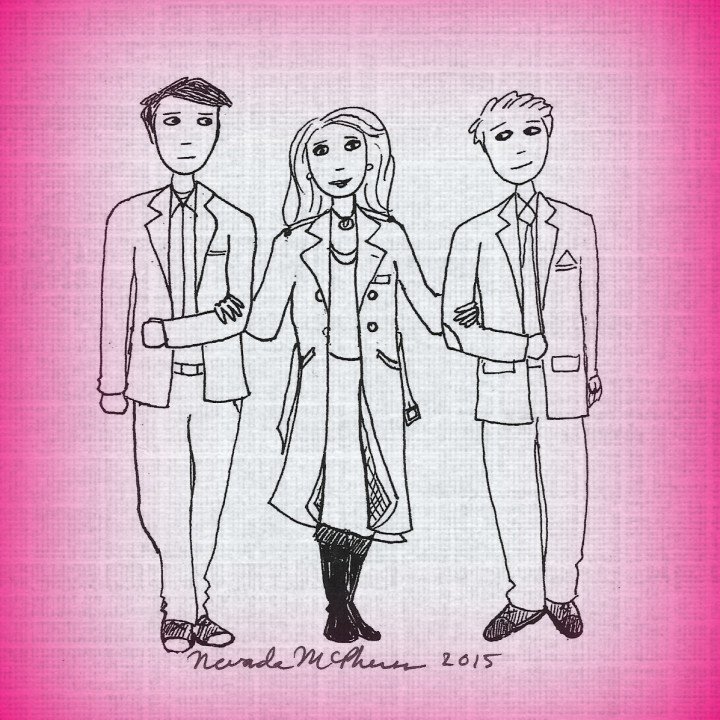

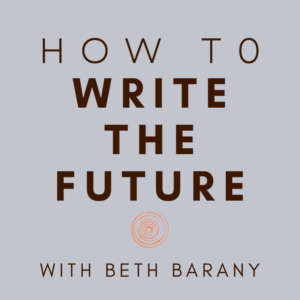

Recent Comments